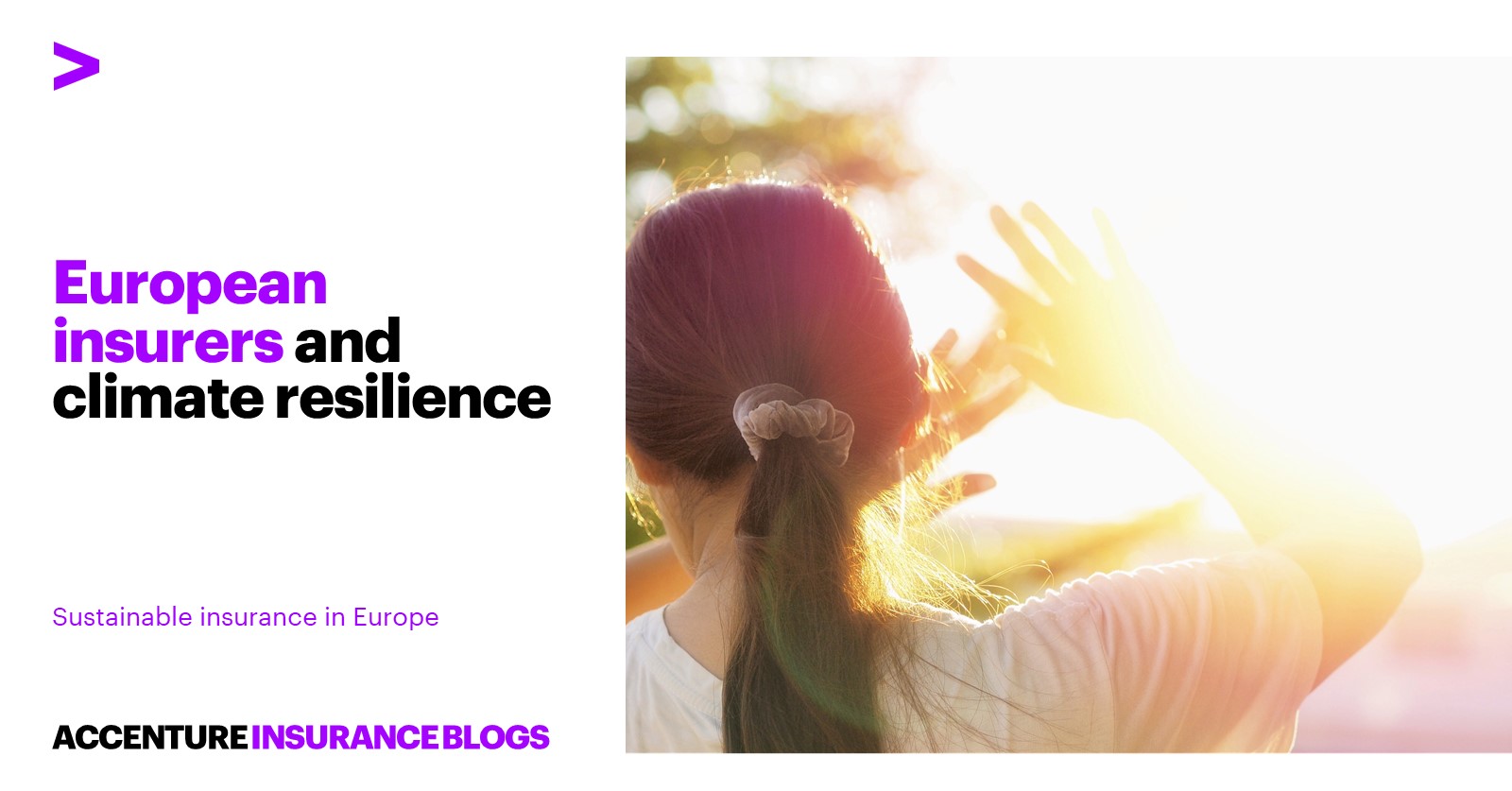How European insurers can combat climate change

In the wake of COP26, sustainability has assumed it’s rightful place at the top of the corporate agenda. However, as insurers set their sustainability strategies for the coming year, it’s important to have a holistic understanding of what the term really means – for businesses, and for the community.
Sustainability was historically defined by the United Nations Brundtland Commission as “meeting the needs of the present without compromising the ability of future generations to meet their own needs.” With rising threats of climate change, insurers have a responsibility to use their business model and core business strengths to ensure that their customers and future generations are prepared to respond to the ongoing impact of climate change.
Climate resilience: what insurers can do
Practically, climate change considerations can be integrated into many aspects of the insurance model. Insurers can provide solutions to manage the impact of client risks, consider it as a factor in the underwriting process, reward the transition to more sustainable approaches for eg: transitioning away from fossil fuels as well as seeking out public-private partnerships that promote climate resilience at a grassroots level. As we saw in the recent discussions at COP26, European countries and industries are driving a shift away from fossil fuels. As insurers, we can support this by distancing ourselves from insuring and reinsuring coal, and examining our coverage of other high carbon industries.
Data: the insurance industry’s core strength
Insurers are accustomed to modelling and assessing potential risks. This has given the industry a front-row seat to the extreme weather situations resulting from climate change, the threats they pose to people and the devastation they leave behind. With digital tools such as advanced aerial imagery and machine learning, we can inform a deeper understanding of risk, resulting in accessible and affordable products that respond to disaster, but also help the communities insurers serve to prepare for the ongoing impacts of climate change.
How European insurers are driving climate resilience
In July 2021, eight insurers including AXA, Allianz, Munich Re and Zurich joined the Net-Zero Insurance Alliance (NZIA). The UN-convened group has pledged to move their underwriting portfolios to net-zero emissions by 2050 and membership is expected to grow in the wider industry. Another collaboration can be found in the cross-industry Insurance Task Force (ITF) working with Lloyd’s, which at COP26 announced Disaster Resilience Framework for Climate-Vulnerable Countries, as part of its activities for the Prince of Wales’ Sustainable Markets Initiative (SMI). The Disaster Resilience Framework for Climate-Vulnerable Countries highlights the opportunity to combine public and private sector investment with insurance to drastically improve disaster resilience for some of the world’s most vulnerable. The programme is being piloted in Kenya, where insurers will work with other industries to create a more resilient agricultural sector across the drought and flood-prone country.
Insurers in Europe are promoting sustainable objectives individually as well. Swiss Re recently announced it would phase out thermal coal-related insurance in OECD countries by 2030, in the rest of the world by 2040 and phase out cover for the world’s most carbon-intensive oil and gas companies by 2023. Lloyds has mandated that managing agents cannot provide new cover for oil sands, thermal coal-fired power plants, thermal coal mines or new Arctic exploration activities from the start of 2022 and not to renew such cover from 2030.
In terms of the provision of climate-resilient policies to clients, entities such as Consorcio de Compensación de Seguros in Spain compensate the damages produced by natural phenomena provided that the person or goods affected have an insurance policy. This Extraordinary Risk Insurance is financed by a small surcharge to any policy.
Expanding our definition of sustainability
As our focus on sustainability intensifies and evolves in the industry, it is clear that the definition is not about climate change or risk management alone. In meeting the needs of the present, while securing the needs for the future, we need to focus on assisting those most vulnerable to risk. For example, lower-income, underserved communities suffer more statistically from climate disasters, and with aging populations on the rise, we have to revaluate our existing models of support. In the next article in this series, I will look at how insurers can support these vulnerable communities and drive true sustainability, now and in the future.
Get the latest insurance industry insights, news, and research delivered straight to your inbox.







